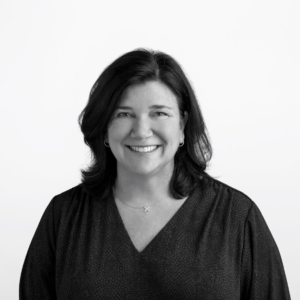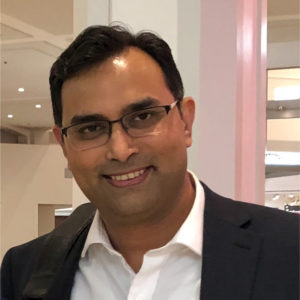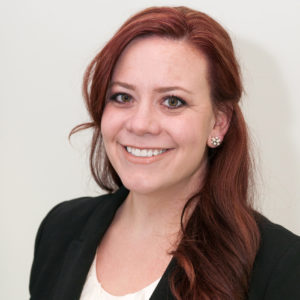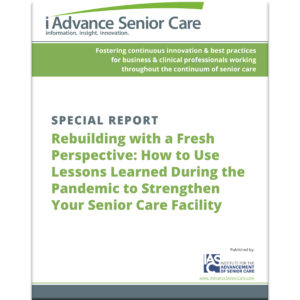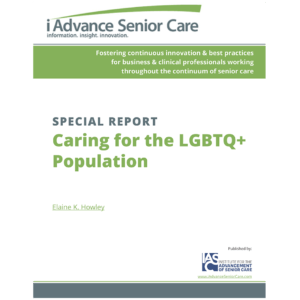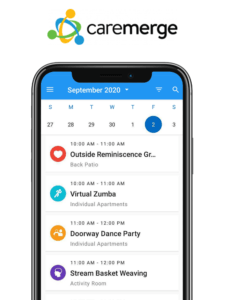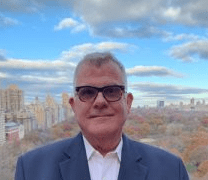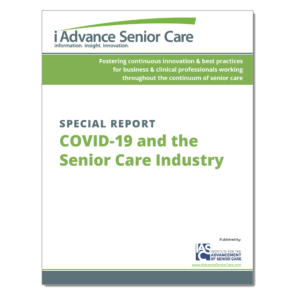Partnering for Better Internships
Promise Pointe and the University of South Florida team up to create innovative internship opportunities.
Finding good help is never easy. For many senior care facilities, this is made doubly difficult by misconceptions about aging and what it means to work with an elderly population. But some long-term care and assisted living communities are getting creative in how they recruit the best and brightest staff, and are taking pains to build their next generation of staff leaders.
For Promise Pointe at Tampa Oaks, an assisted living and memory care community in suburban Tampa, it meant forging a fortuitous partnership with the University of South Florida’s School of Aging Studies.
Dr. Kevin O’Neil, chief medical officer at Promise Pointe says the program got off the ground almost two years ago. O’Neil, who’s on the faculty in the department of aging studies at USF became the medical officer at Promise Point in April 2018 and immediately saw a potential collaboration. Working closely with Steve Strumpf, executive director at Promise Pointe, and Dr. Kathryn Hyer at USF, the group began developing a program to put USF students into PP as interns to help gain hands-on experience and also provide USF the opportunity for some translational research.
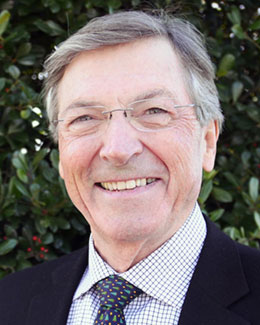
Dr. Kevin O’Neil, chief medical officer at Promise Pointe at Tampa Oaks
The idea, Strumpf says, was to “open up programming between the USF School of Aging and try to make Promise Point a ‘teaching’ assisted living center so that we could involve their students.”
The program launched with a partnership with the physician assistant students. About 50 PA students in each class have gotten hands-on clinical training at Promise Pointe. “We’ve already finished our second year with them. They bring their first year students in and ask diagnostic questions to get them to begin to feel how to interact with seniors from a clinical standpoint and get them comfortable asking about past history and getting to know the residents,” Strumpf explains.
A second track created a research program with the memory care division at Promise Pointe. “Our first session was with about 10 residents in memory care,” Strumpf says. “We wanted to explore the benefits of both music and visual stimulation with our residents in memory care” in terms of how these interventions might impact sundowning and agitation levels. Family members of memory care residents were also involved in the study. The program is going to be renewed for a third time in 2020, Strumpf says.
Another track offered internship slots to a pair of RNs who were working towards their BSN degrees.
A Win-Win Program
Across all the different levels, the engagement has been great for all involved parties. “It’s a good opportunity for students to interact with the senior living community,” O’Neil says. “I’m a geriatrician myself, and I really felt it’s important that we try to identify young men and women who will pursue careers in the field.” Exposing them to opportunities such as the internship program will hopefully help them broaden their studies but also galvanize a passion to work with older adults.
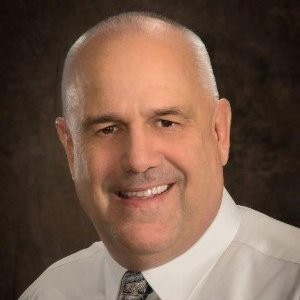
Steve Strumpf, executive director at Promise Pointe at Tampa Oaks
Strumpf agrees the program has offered great insight for students, but has also boosted resident engagement, too. “It’s a great intergenerational program that connects the students at the university with seniors. It creates a very rewarding experience. The residents are excited to meet with the student and creates a more enriching community.”
For their part, the students who have been involved with the program have found it helpful, O’Neil says. “it’s a wonderful training experience for the students. We’ve gotten tremendous feedback from them that it’s opened their eyes,” which is critical given the demographic challenges facing the senior care industry. Engaging more students to remain in the field long-term is going to be good for everybody from owners and operators to staff and especially residents.
O’Neil also notes students get valuable insight into what it’s actually like to work with older adults, dispelling some misconceptions. “Exposing them to older adults and allowing them to see that geriatrics isn’t just dealing with frail, older adults,” has been eye opening. “Many of the adults in our communities are active, brilliant people.” He says this program and others like it can help “overcome the agism that’s so prevalent in society.”
Tips to Create Your Own Program
If you’re interested in partnering with a local university to boost your employee recruitment and retention efforts, O’Neil and Strumpf offer some advice for how to approach developing a program and what to watch out for.
Find a champion. “In a project like this, you need to make sure there’s a champion,” who drives the initiative and makes sure you’re moving forward. But it’s also wise to designate “a co-champion, so that if the champion gets promoted or gets sick or leaves for another organization, that won’t derail the program,” O’Neil says.
Communicate, and then communicate some more. In collaborating with an outside organization like a university, it’s important you don’t make assumptions, but rather err on the side of overcommunication with all involved parties. This way, small details don’t get overlooked and everyone is on the same page.
Create time. One of the challenges of the program, Strumpf says, is everyone’s days are already quite busy, so it can be challenging to find the time to mentor students around everything else. “Trying to blend the day-to-day responsibilities the managers have and getting their own tasks done while implementing a whole new layer of programming with the students has been the biggest challenge.” But a dedication to “carving out good, quality time to make it substantive enough to make a big impact on the students,” has been a priority for Promise Pointe and should be for anyone else looking to develop a similar exchange program.
Set goals and parameters early on. Strumpf says determining your strategy during early planning meetings is critical to building a viable program. If you don’t have a road map, after all, how will you know whether the program is working? He says a focus on creating protocols and benchmarks to track success was important for helping students understand the aims of the program. Tying aspects of the internship work back to their classroom work can further incentivize student participation and should be discussed in detail with the university collaborators right from the start so that expectations and responsibilities are clear.
Look for opportunities. Strumpf says the PP/USF program is only expected to expand in the future as they look for new ways to collaborate and incorporate more students into day-to-day life at Promise Pointe. “We look forward to continuing to add more students to the roles.”
Spark the passion. “As the students graduate and get their degrees, we see that we’ve sparked a passion for taking care of seniors and to serve seniors,” Strumpf says. That’s music to any hiring manager’s ears.
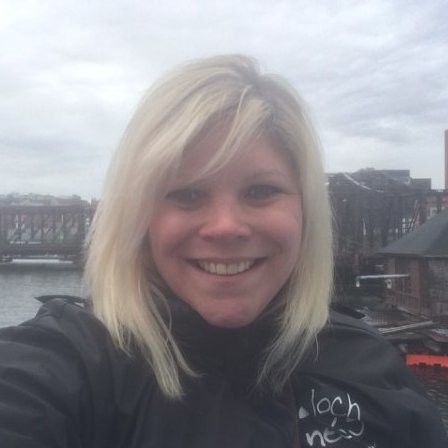
Elaine K. Howley is a freelance journalist for various publications. An award-winning writer specializing in health, fitness, sports and history, her work has appeared in numerous print and online publications, including U.S. News, AARP.org, espnW, SWIMMER magazine and Atlas Obscura. She’s also a world-record holding marathon swimmer with a passion for animals and beer. Contact her via her website: elainekhowley.com.
Related Articles
Topics: Administration , Executive Leadership , Featured Articles , Staffing , Training



